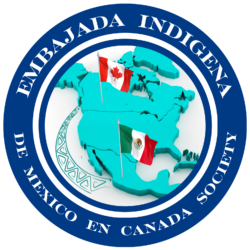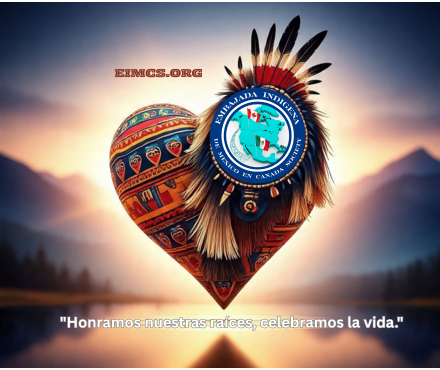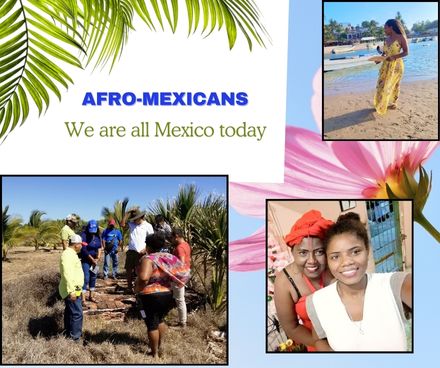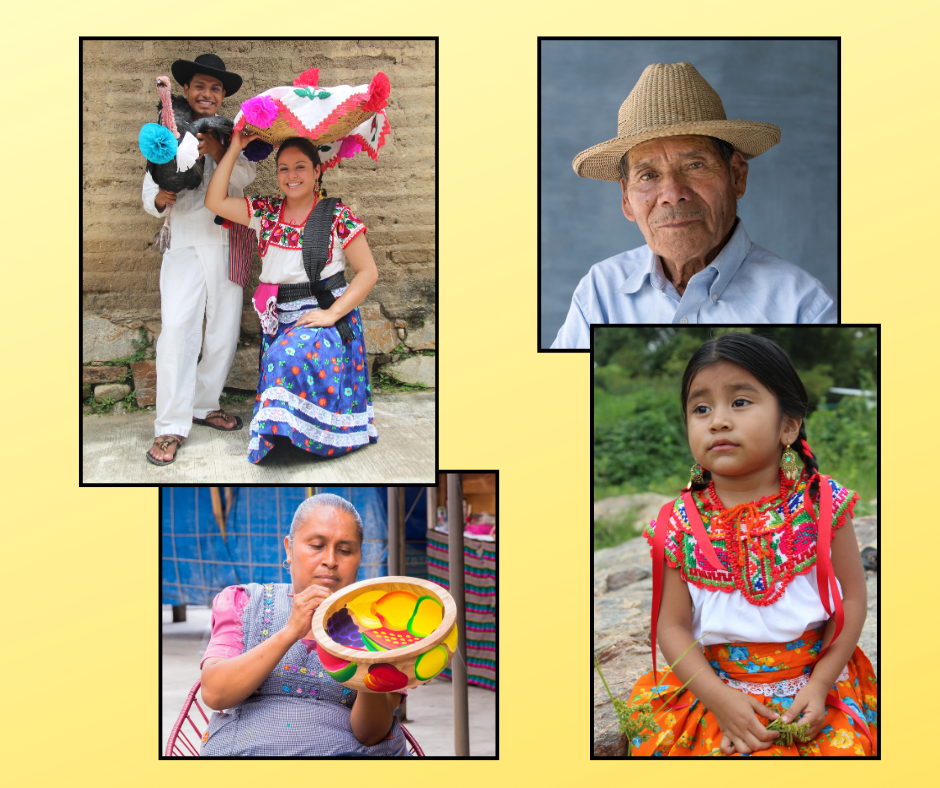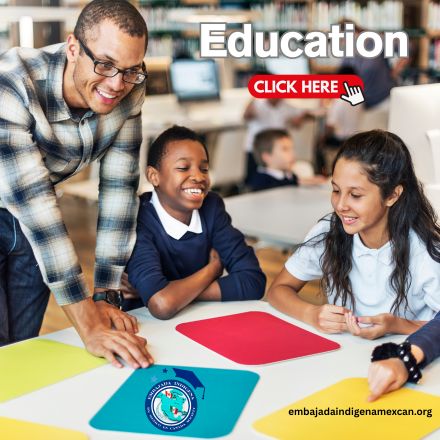"Indigenous voices that inspire, cultures that connect." EIMCS

![]()
The Editorial Area of the Indigenous Embassy of Mexico in Canada: Uses, Advantages, and Benefits
The Indigenous Embassy of Mexico in Canada, a space dedicated to strengthening ties between Indigenous communities in both countries, is proud to announce the official approval of its editorial area by the Canadian government. This initiative aims to promote the culture, rights, and traditions of Indigenous peoples while fostering cooperation between Indigenous communities in Mexico and Canada. In this article, we will explore the uses, advantages, and benefits of this editorial space, including its capacity to publish books, magazines, and brochures focused on Indigenous peoples and their related topics.
What is the Editorial Area of the Indigenous Embassy of Mexico?
The editorial area of the Indigenous Embassy of Mexico in Canada is an authorized platform that facilitates the dissemination of relevant information about Indigenous peoples, their languages, customs, arts, literature, and the political and social situation of communities in Mexico. This space is not only for sharing stories and traditions but also a platform for reflection on Indigenous rights, sustainable development, and intercultural cooperation between Mexico and Canada.
With the official endorsement of the Canadian government, the Indigenous Embassy has become a legitimate and respectful voice for Indigenous peoples, ensuring that the publications generated are of high quality and stay true to the worldviews and realities of Indigenous communities. Among its outputs are books, magazines, brochures, and various materials that delve into important topics about Indigenous peoples.
Uses of the Editorial Area
Book Publications: The editorial area has the capacity to produce and disseminate books that address key aspects of the life and culture of Indigenous peoples. These may include narrative works as well as academic, historical, and cultural texts. Books can be authored by Indigenous writers or scholars specializing in Indigenous topics, ensuring that Indigenous perspectives are respected and valued.
Magazines and Newspapers: The Embassy’s magazine serves as a vehicle for the periodic dissemination of information, whether cultural, political, or educational. Through this publication, articles can cover events, festivals, interviews with Indigenous leaders, research, and analysis of the challenges and progress in the fight for Indigenous rights. The magazine may also feature special sections on language, art, traditions, cuisine, and worldviews of Indigenous peoples.
Educational Brochures: Brochures are an effective tool for promoting topics of interest to Indigenous communities, such as human rights, land protection, biodiversity conservation, and the promotion of Indigenous languages. Brochures provide an accessible way to inform and raise awareness about the importance of cultural diversity and the current situation of Indigenous peoples.
Dissemination of Audiovisual Material: In addition to books, magazines, and brochures, the editorial area can also serve as a space for creating and distributing audiovisual content, such as documentaries, short films, podcasts, and educational videos, complementing and expanding on the themes addressed in written texts.
Advantages of the Editorial Platform
Visibility and Official Recognition: With its registration and approval by the Canadian government, the editorial platform enjoys a high level of legitimacy that allows it to reach a broader audience, including government institutions, non-governmental organizations, academic bodies, and the general public. This ensures that the publications are taken seriously in both national and international spheres.
Accessibility and Diverse Content: The ability to publish a variety of printed and digital materials (books, magazines, brochures, videos, etc.) ensures that Indigenous communities have access to a wide range of content that addresses their interests and needs. At the same time, these materials allow Canadian society and the international community to learn more about Indigenous cultures and their challenges.
Fostering Education and Respect for Diversity: Through its publications, the Embassy promotes respect for cultural diversity, helping to raise awareness and understanding of Indigenous peoples. Books and educational brochures, for instance, are key tools for teaching about Indigenous languages, traditions, and history, essential for preserving cultural heritage and promoting inclusion.
A Platform for Opinion and Dialogue: Publications also provide a space for reflection and exchange of ideas. Opinion articles, interviews, and debates in magazines and books allow Indigenous peoples to share their viewpoints on pressing issues, fostering dialogue between different social, political, and cultural actors.
Benefits for Indigenous Communities
Empowerment Through Information: The publication of books and articles on topics relevant to Indigenous peoples allows them to empower themselves through knowledge and visibility. Indigenous communities can see their struggles, values, and traditions reflected in these texts, reinforcing their identity and cultural pride.
Preservation and Promotion of Culture: Publications such as books and magazines are essential tools for preserving and promoting Indigenous languages and traditions. Through these materials, younger generations can learn about their origins, customs, and traditions, helping to keep Indigenous languages and cultures alive amidst the challenges of globalization.
Access to Development Resources: Educational brochures and reports published through the editorial area also provide access to important resources for the social, economic, and cultural development of Indigenous communities. This might include information about funding opportunities, government programs, and educational resources, facilitating project management and improving the quality of life for Indigenous peoples.
Fostering International Cooperation: Through the distribution of printed and digital materials, Indigenous communities in Mexico can connect with other communities in Canada and around the world, creating networks of support and cooperation. Publications act as bridges for cultural, scientific, and social exchange, contributing to strengthening international relationships among Indigenous peoples.
Conclusion
The editorial area of the Indigenous Embassy of Mexico in Canada is a vital platform for promoting the knowledge and respect of Indigenous cultures through the publication of books, magazines, brochures, and other materials. With official approval from the Canadian government, this initiative stands as a legitimate means to amplify Indigenous voices, share their stories and struggles, and promote intercultural exchange.
Through these publications, the Indigenous Embassy not only preserves and promotes the rich cultural heritage of Indigenous peoples but also empowers communities by providing them with a space to share their worldview and contribute to global dialogues on diversity and social justice. We invite everyone to be part of this project and explore the content that enriches our understanding of the Indigenous world and its vitality.

Open Call for Writers, Poets, Editors, Audiovisual Artists, and Educational Material Creators!
The Editorial of the Indigenous Embassy of Mexico in Canada invites writers, poets, editors, audiovisual artists, and educational material creators to be part of this project that celebrates and promotes the richness of Indigenous cultures and languages. If you are a creator who wants to share your work, whether through written word, visual art, or education, this is your chance to contribute to a cause that transcends borders!
Why register?
- International visibility: Your work will be presented on a global platform connecting Mexico and Canada, allowing Indigenous voices to be heard and seen worldwide.
- Support for cultural preservation: Collaborate in the preservation of Indigenous languages and traditions, through literature, art, and education.
- Promotion of intercultural education: Participate in the creation of educational materials that promote knowledge of Indigenous cultures in educational settings for both children and adults.
- Interdisciplinary collaboration: Connect with writers, poets, visual artists, filmmakers, and educators in a collective effort to highlight our roots and cultures.
Who can register?
- Writers of narratives, poetry, essays, and literary texts that reflect the worldview and realities of Indigenous peoples.
- Poets who wish to share their art, whether in an Indigenous language or Spanish, inspired by Indigenous traditions and life.
- Editors with experience in publishing and disseminating literary and cultural content that promotes Indigenous diversity.
- Audiovisual Artists interested in creating documentaries, short films, and visual content that bring to life the stories, myths, and realities of Indigenous peoples.
- Educational Material Creators who want to develop resources such as books, guides, videos, or digital tools that assist in teaching Indigenous languages, history, and culture.
Your talent can be the key to connecting generations and fostering respect for our roots!
If your work has the power to tell our stories, educate about our culture, or inspire others to learn more about Indigenous communities, do not hesitate to register with us.
Together, we can create a cultural legacy that transcends borders and celebrates the diversity of our voices!
For more information and to register, visit our website or send your application to [contact email].
We look forward to your proposals, ideas, and creations!
